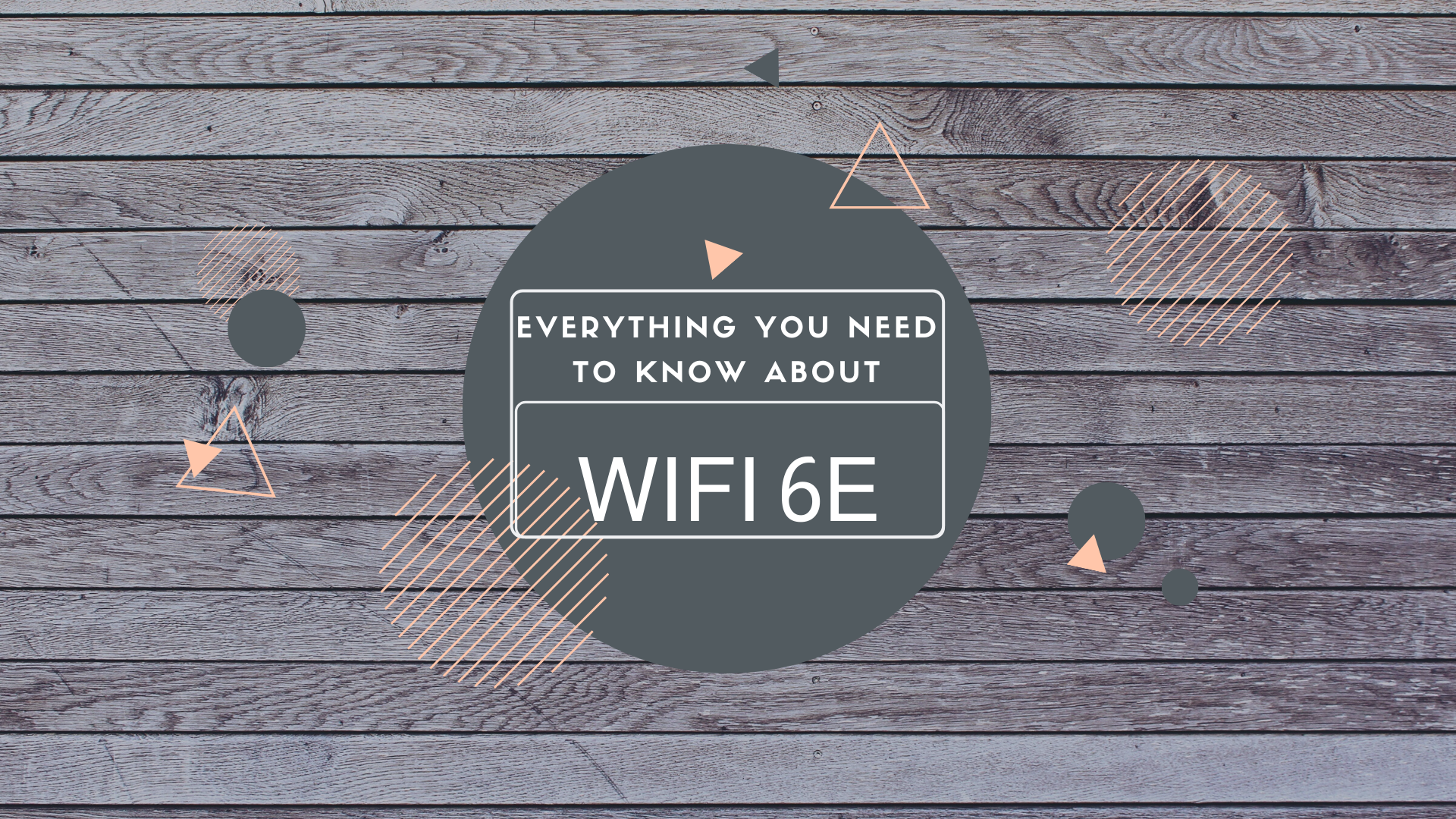The Wi-Fi Alliance announced Wi-Fi 6E a while ago, which is the new wireless protocol for routers and devices. Wi-Fi 6E is an attempt to take advantage of the recently rumored to open up 6GHz frequencies wireless spectrum that was announced by the FCC.
Wi-Fi 6E is not to be confused with Wi-Fi 6 that operates on the 2.4GHz & 5GHz bands. This new technology is a result of the newly announced digital devices for the year 2020 which will be making use of Wi-Fi 6E in order to give their customers a far better networking experience than existing bands. Let’s delve deeper into the world of Wi-Fi 6E.
RELATED: How to find Wi-Fi password on Android
What is Wi-Fi 6E?

As mentioned above, this is a new wireless protocol for your Wi-Fi enabled devices that will make it compatible with the 6GHz radio band. This will help reduce latency and user congestion on a single network or multiple different networks operating in the same area.
This next-generation router protocol is also called 802.11ax or AX Wi-Fi in industry terms. Wi-Fi 6E is a significant improvement over its predecessor as it offers 4x more throughput which enables faster networking speeds as well as helps save battery on your mobile devices.
In layman’s terms, Wi-Fi 6E is an upgraded version of the Wi-Fi 6 technology that was released in the last quarter of 2019. This upgraded version is compatible with all 6GHz frequencies as well as the previous bands of 2.4GHz and 5GHz.
Wi-Fi 6E will also have support for 1GHz bands and devices that are capable of taking the leverage of this fully upgraded technology will be labeled as Wi-Fi 6E. This will make them easily identifiable for consumers that want to take full advantage of this new and improved technology.
Why is Wi-Fi 6E important?
Battery life

The faster and more efficient band of 6GHz will allow your existing devices to work more smoothly without any interference in your network.
Furthermore, newer devices that will be compatible with Wi-Fi 6E will use far less battery as they would have the ability to switch between different bands be it 1GHz, 2.4GHz, 5GHz or 6GHz in order to provide the best network speeds at the highest efficiency.
No congestion

Wi-Fi 6E will also offer its users with 4x better throughput even in dense and congested environments where multiple networks are operating simultaneously.
Additionally, the Wi-Fi alliance has also announced that Wi-Fi 6E will come with fourteen extra 80MHz bands alongside seven 160MHz bands which will help prevent overlapping in dense environments. This, in turn, will improve end-user network speeds, network latency and performance.
Better network efficiency

Apart from offering better performance, Wi-Fi 6E will also be highly resource-efficient thanks to its 6GHz frequency band as well as additional bands that have been included in order to reduce congestion. Not only this, but Wi-Fi 6E will also be compatible with all previously released Wi-Fi bands including 5GHz and 2.4GHz.
This means that you will be able to take full advantage of any Wi-Fi network without experiencing interference, network congestion or latency drops. This will enable better streaming performance, faster gaming over the network and much more. Wi-Fi 6E devices will be able to support denser deployments as well as take care of network-intensive tasks much more efficiently.
When will Wi-Fi 6E devices be available on the market?
The 6GHz spectrum is still a heated debate as it has not been licensed for wide range use by the regulators and governments as of January 2020. But the technology is being heavily lobbied by many agencies and the growing density of users on previous bands of 2.4GHz and 5GHz is expected to force regulators to sanction the use of the 6GHz spectrum anytime soon.
The FCC is in full swing to push the technology until it reaches the consumers but there are still a few legal hoops that the authorities might have to jump through, in order to make the technology available to the public.
Wi-Fi 6E devices are expected to rapidly hit the markets as soon as governments have approved the required sanctions. Moreover, Broadcom and Qualcomm debuted several chips during the CES 2020 that would be able to take advantage of Wi-Fi 6E which can be used by manufacturers to create end-user Wi-Fi 6E enabled access points.
However, you need to keep in mind that although Wi-Fi 6E is backward compatible, your current technology is not. In order to take full advantage of the 6GHz spectrum, you will need to have a Wi-Fi 6E enabled device as well as a compatible access point.
If you have been eagerly waiting for Wi-Fi 6E, then you might be excited to know that experts expect the 6GHz band to be put into consumer use by Q2 2020 after necessary approval from the required authorities.
Are you excited about Wi-Fi 6E? Or will you be sticking to Wi-Fi 6? Let us know your opinion in the comments section below.













Discussion